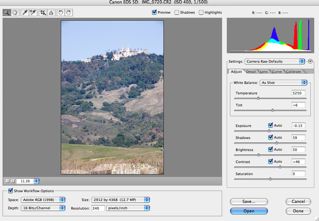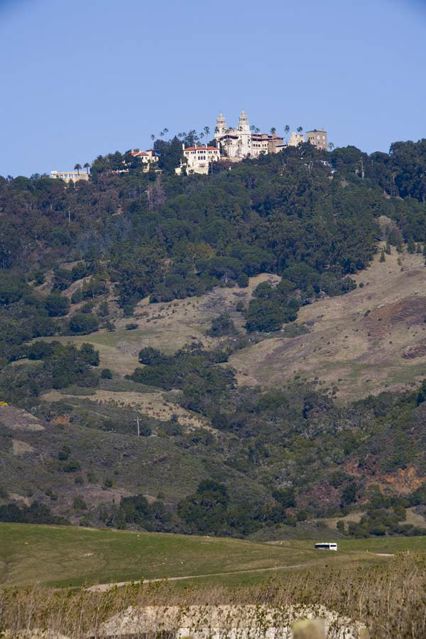The only good thing to come out of yellow journalism
If the state of American journalism was headed solidly downwards in the 1930s, publisher William Randolph Hearst made sure that the pace to the bottom of the cess pit was accelerated. His populist, sensationalist brand of reporting bequeathed to the modern consumer prime time television news that focuses exclusively on the latest murder/rape/divorce, or the tribulations of some famous sports figure who has taken one steroid too many. Bread and circuses.
However, you can glean more useful information from one page of any American newspaper than from one hour of the so called prime time ‘news’ on television. Unless, that is, you read the New York Times or Washington Post, whose reporting sources tend to be Hollywood stars, supremely qualified to report on geopolitics and the fiscal state of the nation.
Thank you, Mr. Hearst.
However, Hearst’s millions did leave us with one fine attraction, namely Hearst Castle on Highway One in central California, some 20 miles from my home. Taken as a whole it’s something of an abomination, the ultimate in ‘check book collecting’, but digested in smaller pieces each of the many rooms packed with antiquities is a fine thing to behold. The Castle was Hearst’s lifetime hobby, and his architect Julia Morgan was adding to it throughout his life. Hearst would buy a medieval ceiling on one of his European jaunts (he probably wanted to read the British press to see what was really going on), bring it home and tell Morgan to build a room around it. Now that’s thinking big!
Driving by the other day on the way to see the elephant seal pups a few miles north on the beach, I took a picture from Highway One with the castle rising magnificently in the distance on top of the hill some mile and a half away. I had despaired of ever getting this right on film, as the long lens required only emphasized the atmospheric haze, but as I had my 400mm Leitz Telyt with me I gave it a shot anyway. I finally get to try RAW, I thought.
So I set the EOS 5D on RAW, the film speed at ISO 400 and the f/8 setting on the lens yielded a 1/500th second shutter speed. The result, after dropping the snap into Adobe’s Photoshop CS2, which automatically opens Adobe Camera Raw (ACR), was disappointing. The haze had washed out the picture, and the Telyt lens, I know, does not lack for contrast.

However, a few tweaks of the sliders in ACR made things look better so I saved the file in PSD format and added the usual unsharp masking and a small tweak to the levels control and look what emerged:

Now I must confess that, so far, I have not found the Canon EOS 5D’s Fine JPG images lacking in any way. The quality is outstanding, large prints a breeze and whatever JPG processing the camera does appears unobtrusive. Digital artifacts are invisible. Best of all, the file size is relatively small – some 4 mB or so. By contrast the 5D’s RAW file is 14 mB and the processed PSD version balloons to a ridiculous 73 mB. Now that is large. So RAW appears to have a place for challenging subjects that need a lot of manipulation, but the extra processing time is not justified, for this user, on the average photograph. JPG Fine quality equals or exceeds anything from medium format and processing is fast and easy.
Still, it’s nice to know RAW is available in the overall tool kit. Now I want to retake this picture early in the morning with the castle rising from the mist as California’s sun gradually makes it visible.